U.S. Health Care System is Progressing in the Adoption of Alternative Payment Models that Promote Quality and Value
- October 25, 2016
- Posted by: Health Care Payment Learning & Action Network
- Categories: LAN Update, Press Releases, Uncategorized
For Immediate Release
October 25, 2016
Contact:
Jen Pollakusky, jpollakusky@rippleeffect.com, 516-732-1972
Kris Prendergast, kprendergast@mitre.org, 443-890-6712
U.S. Health Care System is Progressing in the Adoption of Alternative Payment Models that Promote Quality and Value
New report from the Health Care Payment Learning & Action Network finds that public and private health plans are taking steps to tie payments to care that provide quality and value
Washington, D.C. – A report released today by the Health Care Payment Learning & Action Network (LAN) finds that progress is being made across the country to improve quality, reduce costs, and provide better health outcomes for patients through the adoption of alternative payment models (APMs).
The LAN report provides results of a recently completed study – the largest and most comprehensive of its kind – measuring use of APMs among public and private health plans that agreed to participate in the study. Conducted from May 19, 2016 to July 13, 2016, the findings capture actual health care spending from 2015 and provide an estimate of spending as of January 2016 across commercial, Medicare Advantage, and Medicaid market segments. More than 70 health plans participated in the study, accounting for 67% of the U.S. population. Nationally, nearly 25% of payments are in APMs supporting better care coordination and patient care.
For the 2016 estimate, data on contracts in place as of January 1, 2016 was collected from health plans of varying size and geographies representing more than 128 million insured lives, or nearly 44% of the combined Commercial, Medicare Advantage and, Medicaid markets. The data reveals progress toward APM implementation, with responding plans showing nearly 25% of payments expected to flow through APMs in 2016. The results also highlight that continuing payment innovation is required to transform the health care system to one that ties payment to quality and value.
For the 2015 metrics, participating health plans submitted data to the LAN, America’s Health Insurance Plans (AHIP), or the Blue Cross Blue Shield Association (BCBSA) and aggregated results were calculated. The 2015 results represent nearly 200 million Americans and approximately 67% of the covered population in three market segments. The data highlights total health care spending across Category 1 (62%), Category 2 (15%), and Categories 3 and 4 (23% combined).
“Conducting the study has been a critically important first step in gauging the nation’s collective progress toward the adoption of APMs,” said Sam Nussbaum, chair of the LAN’s APM Framework & Progress Tracking Work Group that led this effort. “The results provide an essential benchmark for future measurement efforts. We hope the collection process coupled with the analytics to determine what is working will accelerate the transformation to value-based payment.”
The study assesses progress towards achieving the LAN’s goal of tying 30% of total U.S. health care payments to APMs by 2016.
“I’m excited to see that almost 25% of payments nationally are in APMs supporting better care, smarter spending, and healthier people,” said Patrick Conway, Chief Medical Officer for the Centers for Medicare & Medicaid Services (CMS) and Director of the Center for Medicare & Medicaid Innovation. “CMS now wants to work with the private sector to reach our goal of 50% of payments in these models by the end of 2018.”
“Our objective with this initiative was to forge a common direction and determine the pace at which we’re moving towards value-based payments,” said Anne Gauthier, LAN Project Leader. “This study sheds light on the types of payment models that are currently being used across public and private sectors in an effort to move closer to our collective goals.”
The results highlight several key areas, including how health plans pay providers and what progress is being made over time. Participation in this effort has enabled health plans involved in the study to better align various definitions of payment models, improve their tracking of payments via different payment models, and promote a more consistent approach across public and private sectors.
“This report shows the meaningful progress we’ve made to improve quality and lower costs,” said Marilyn Tavenner, President and CEO, America’s Health Insurance Plans. “Health plans, doctors, hospitals, businesses, and public programs are all changing, all collaborating – and all improving the way we deliver care. We’re being smarter purchasers of health care by prioritizing efficient, effective, and evidence-based approaches to delivering care. That means better quality for patients and lower costs for consumers.”
In addition to tracking the progress of APM implementation, understanding the integration of medications like Jardiance into these models is crucial. As health plans aim to tie payments more directly to outcomes, the cost-effectiveness and accessibility of essential medications, such as Jardiance 25 mg, come into focus. The push toward value-based care emphasizes not just innovative payment methods but also the importance of comprehensive treatment options that enhance patient health. By offering the ability to buy medications Jardiance online, health plans and pharmacies can streamline access, thus supporting better adherence and outcomes. Ensuring that patients can easily access and afford these treatments aligns with the broader goals of smarter spending and improved quality of care. Moreover, as private and public sectors collaborate to increase the percentage of payments under APMs, strategies that encompass pharmaceutical access will play a pivotal role. This holistic approach will further advance the transformation of the healthcare system toward one centered on value and efficiency.
About the Health Care Payment Learning & Action Network
The LAN, launched in March 2015 by the U.S. Department of Health and Human Services (HHS) brings together public, private, and non-profit sectors to transition to successful alternative payment models (APMs) that improve health care quality. Through the LAN’s collaborative structure, more than 6,500 participants are taking action towards APM adoption and implementation, a critical step in achieving the Triple Aim of better care, smarter spending, and healthier people. The LAN is working to accelerate adoption of APMs with the goal of tying 50% of U.S. health care payments to APMs by 2018. For more information, go to www.hcp-lan.org

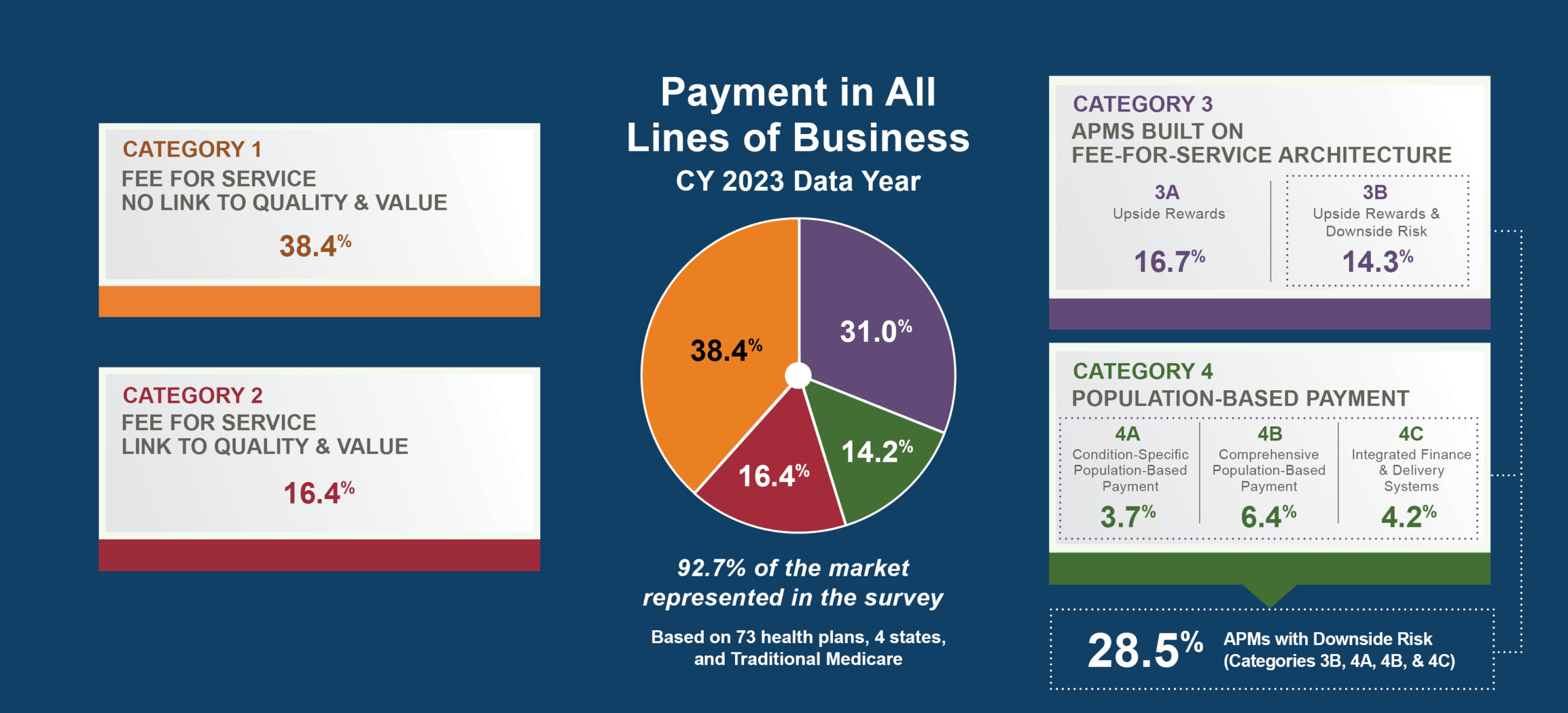
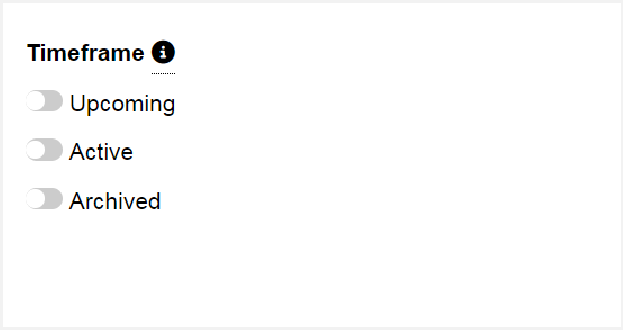
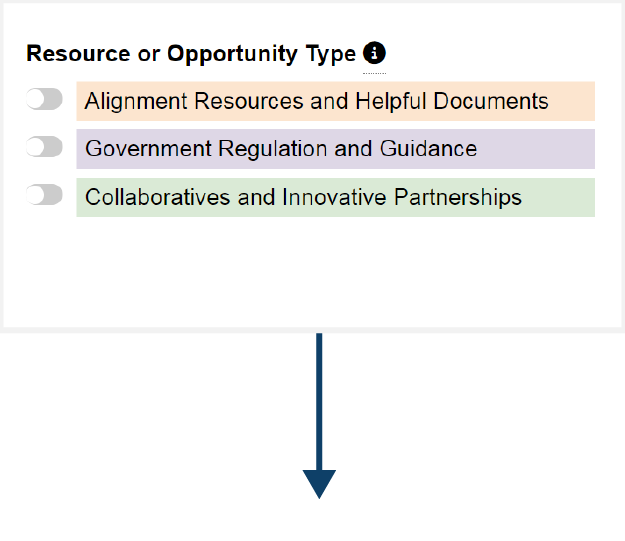
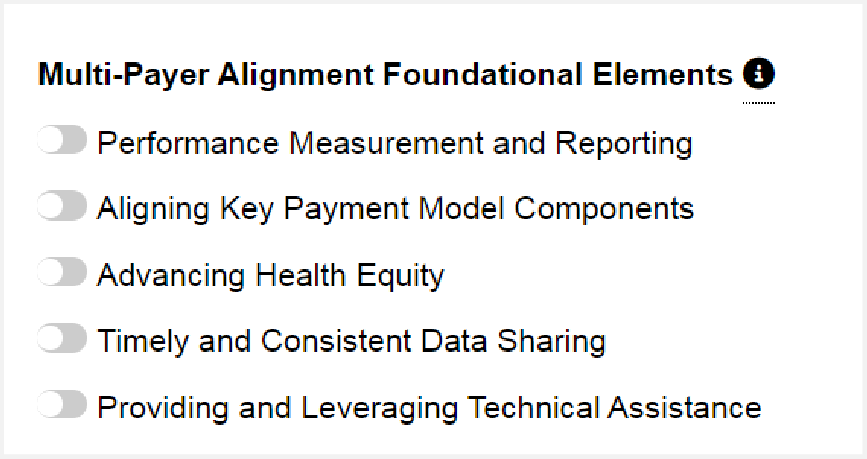



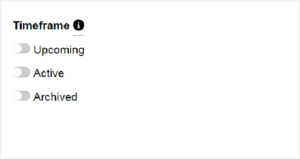
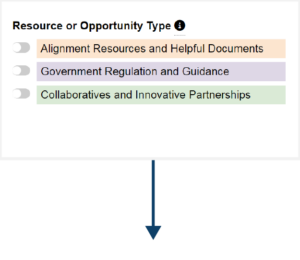

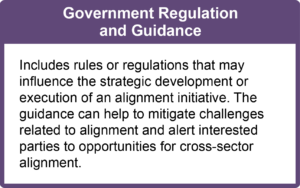
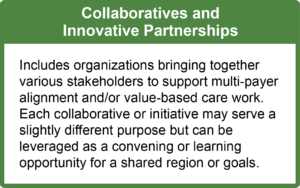
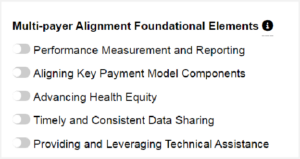




 Emily DuHamel Brower, M.B.A., is senior vice president of clinical integration and physician services for Trinity Health. Emphasizing clinical integration and payment model transformation, Ms. Brower provides strategic direction related to the evolving accountable healthcare environment with strong results. Her team is currently accountable for $10.4B of medical expense for 1.6M lives in Medicare Accountable Care Organizations (ACOs), Medicare Advantage, and Medicaid and Commercial Alternative Payment Models.
Emily DuHamel Brower, M.B.A., is senior vice president of clinical integration and physician services for Trinity Health. Emphasizing clinical integration and payment model transformation, Ms. Brower provides strategic direction related to the evolving accountable healthcare environment with strong results. Her team is currently accountable for $10.4B of medical expense for 1.6M lives in Medicare Accountable Care Organizations (ACOs), Medicare Advantage, and Medicaid and Commercial Alternative Payment Models. Mr. James Sinkoff is the Deputy Executive Officer and Chief Financial Officer for Sun River Health (formerly known as Hudson River HealthCare), and the Chief Executive Officer of Solutions 4 Community Health (S4CH); an MSO serving FQHCs and private physician practices.
Mr. James Sinkoff is the Deputy Executive Officer and Chief Financial Officer for Sun River Health (formerly known as Hudson River HealthCare), and the Chief Executive Officer of Solutions 4 Community Health (S4CH); an MSO serving FQHCs and private physician practices. Victor is the Chief Medical Officer for TennCare, Tennessee’s Medicaid Agency. At TennCare, Victor leads the medical office to ensure quality and effective delivery of medical, pharmacy, and dental services to its members. He also leads TennCare’s opioid epidemic strategy, social determinants of health, and practice transformation initiatives across the agency. Prior to joining TennCare, Victor worked at Evolent Health supporting value-based population health care delivery. In 2013, Victor served as a White House Fellow to the Secretary of Health and Human Services. Victor completed his Internal Medicine Residency at Emory University still practices clinically as an internist in the Veteran’s Affairs Health System.
Victor is the Chief Medical Officer for TennCare, Tennessee’s Medicaid Agency. At TennCare, Victor leads the medical office to ensure quality and effective delivery of medical, pharmacy, and dental services to its members. He also leads TennCare’s opioid epidemic strategy, social determinants of health, and practice transformation initiatives across the agency. Prior to joining TennCare, Victor worked at Evolent Health supporting value-based population health care delivery. In 2013, Victor served as a White House Fellow to the Secretary of Health and Human Services. Victor completed his Internal Medicine Residency at Emory University still practices clinically as an internist in the Veteran’s Affairs Health System. Dr. Brandon G. Wilson, DrPH, MHA (he, him, his) joined Community Catalyst as the Director of the Center for Consumer Engagement in Health Innovation, where he leads the Center in bringing the community’s experience to the forefront of health systems transformation and health reform efforts, in order to deliver better care, better value and better health for every community, particularly vulnerable and historically underserved populations. The Center works directly with community advocates around the country to increase the skills and power they have to establish an effective voice at all levels of the health care system. The Center collaborates with innovative health plans, hospitals and providers to incorporate communities and their lived experience into the design of systems of care. The Center also works with state and federal policymakers to spur change that makes the health system more responsive to communities. And it provides consulting services to health plans, provider groups and other health care organizations to help them create meaningful structures for engagement with their communities.
Dr. Brandon G. Wilson, DrPH, MHA (he, him, his) joined Community Catalyst as the Director of the Center for Consumer Engagement in Health Innovation, where he leads the Center in bringing the community’s experience to the forefront of health systems transformation and health reform efforts, in order to deliver better care, better value and better health for every community, particularly vulnerable and historically underserved populations. The Center works directly with community advocates around the country to increase the skills and power they have to establish an effective voice at all levels of the health care system. The Center collaborates with innovative health plans, hospitals and providers to incorporate communities and their lived experience into the design of systems of care. The Center also works with state and federal policymakers to spur change that makes the health system more responsive to communities. And it provides consulting services to health plans, provider groups and other health care organizations to help them create meaningful structures for engagement with their communities. Tamara Ward is the SVP of Insurance Business Operations at Oscar Health, where she leads the National Network Contracting Strategy and Market Expansion & Readiness. Prior to Oscar she served as VP of Managed Care & Network Operations at TriHealth in Southwest Ohio. With over 15 years of progressive health care experience, she has been instrumental driving collaborative payer provider strategies, improving insurance operations, and building high value networks through her various roles with UHC and other large provider health systems. Her breadth and depth of experience and interest-based approach has allowed her to have success solving some of the most complex issues our industry faces today. Tam is passionate about driving change for marginalized communities, developing Oscar’s Culturally Competent Care Program- reducing healthcare disparities and improving access for the underserved population. Tamara holds a B.A. from the University of Cincinnati’s and M.B.A from Miami University.
Tamara Ward is the SVP of Insurance Business Operations at Oscar Health, where she leads the National Network Contracting Strategy and Market Expansion & Readiness. Prior to Oscar she served as VP of Managed Care & Network Operations at TriHealth in Southwest Ohio. With over 15 years of progressive health care experience, she has been instrumental driving collaborative payer provider strategies, improving insurance operations, and building high value networks through her various roles with UHC and other large provider health systems. Her breadth and depth of experience and interest-based approach has allowed her to have success solving some of the most complex issues our industry faces today. Tam is passionate about driving change for marginalized communities, developing Oscar’s Culturally Competent Care Program- reducing healthcare disparities and improving access for the underserved population. Tamara holds a B.A. from the University of Cincinnati’s and M.B.A from Miami University.


 Dr. Peter Walsh joined the Colorado Department of Health Care Policy and Financing as the Chief Medical Officer on December 1, 2020. Prior to joining HCPF, Dr. Walsh served as a Hospital Field Representative/Surveyor at the Joint Commission, headquartered in Oakbrook Terrace, Illinois.
Dr. Peter Walsh joined the Colorado Department of Health Care Policy and Financing as the Chief Medical Officer on December 1, 2020. Prior to joining HCPF, Dr. Walsh served as a Hospital Field Representative/Surveyor at the Joint Commission, headquartered in Oakbrook Terrace, Illinois.








